Meet the WUSAT Clan
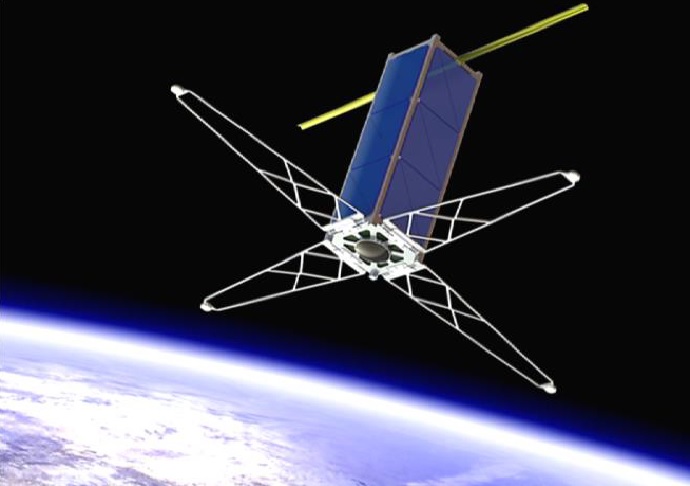
Space – it’s the final frontier and all that, and since 2006 students at the University of Warwick have been making steady steps to get there through the Warwick University Satellite Project (WUSAT).
Every year, a small group of final year engineering undergraduates are assembled to progress and produce the next incarnation of WUSAT. What started as the electrical power sub-system team for a European Space Agency moon orbiting satellite, eventually evolved into designing, engineering and launching Warwick’s own CubeSats – a miniaturized satellite for space research, made up of multiple cubic units of set proportions.
WUSAT-1 went up on a high-altitude weather balloon in 2013. WUSAT-2 was launched via a Rexus rocket from the Swedish Space Centre in 2015. Now, this year’s team have begun work on WUSAT-3, with the aim of launching it to the International Space Station (ISS) where it will be deployed into Low-Earth Orbit (approximately 400km) via the NanoRacks CubeSat deployment system on-board the ISS. In other words – proper space!
Space race
Dr Bill Crofts is the academic leading Warwick’s space race.
He says: “The WUSAT project has really developed over the years. From our initial dabble in the area in 2006, it has grown into a standalone student-led satellite engineering programme. I think we’re pretty unique in the fact that this is undergraduate-led and that the work counts, as a final year project, toward the students’ MEng degree programme.
“And it is demanding and high-level stuff. We have industry sponsors who give support, commitment and advice by the bucket load. And of course the projects lead up to those very exciting launch moments.
“WUSAT offers students a huge number of valuable work and life experiences – from learning to deal directly with industry, hands-on problem solving and project management, to the feeling of pride where you see your project come to fruition and deliver results.”
Also leading the team is Prof Julia Hunter-Anderson, an experienced Space Systems engineer who is helping with the systems engineering aspects of the project as well as pursuing other leads that will support the development of the mission and its place on the European Space Agency programme to launch via the International Space Station.
The high life and wildlife
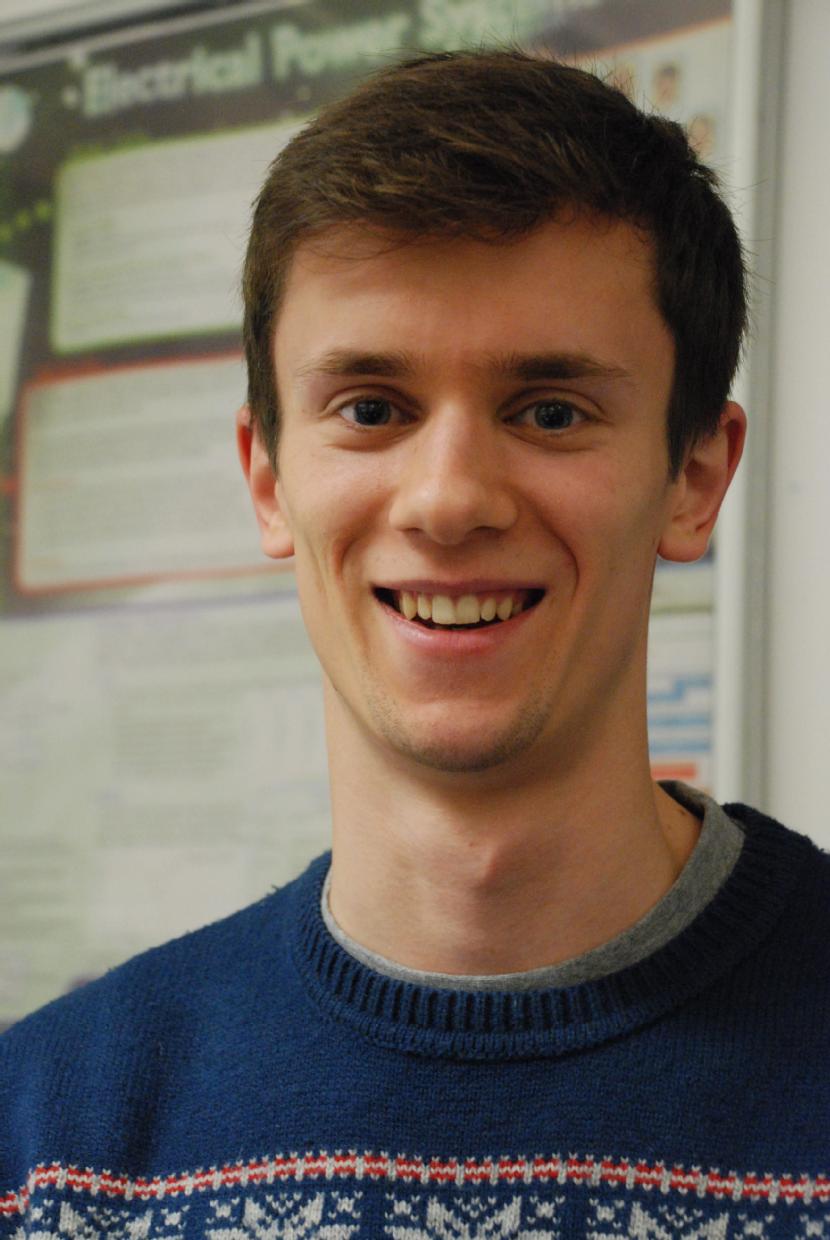 The current WUSAT design is the most ambitious to date. WUSAT-3 will be a three-unit CubeSat satellite carrying a high-resolution direction finder payload. The direction finder will be designed to locate and monitor the status of bird and animal migration smart tags working in support of the ICARUS system that is also installed on the ISS.
The current WUSAT design is the most ambitious to date. WUSAT-3 will be a three-unit CubeSat satellite carrying a high-resolution direction finder payload. The direction finder will be designed to locate and monitor the status of bird and animal migration smart tags working in support of the ICARUS system that is also installed on the ISS.
CubeSats are still a huge research topic for cheap and easy entry to space so developing small payloads to become incorporated will continue on from this project.
One of this year’s team, Jenny Barker, 21, who specialised in electronic engineering, explains: “The satellite will pick up signals from animal tags and position them against a photograph taken of the earth. This will give scientists the ability to map animal migration patterns.”
Mechanical engineering student, Jonathan Cooper, 23, adds: “Our CubeSat is a low cost option for data tracking, providing valuable data to wildlife scientists and conservationists. The deployable antenna design we’re working on will be a key feature of this mission and successful deployment would be a unique achievement for CubeSat technology.”
Sponsored Satellite
The challenge isn’t just about building parts that work. The mission is also about building the team. WUSAT’s key partner is Roke Manor Research who have proposed the payload concept and made the link to the ICARUS wildlife monitoring system operated by the Max Planck Institute for Ornithology. WUSAT is also sponsored by other big industry names including Harwin Interconnects, Thales Alenia Space, Surrey Satellite Technology, RS Components, and SolidWorks, as well as specialist businesses like EuroCircuits and Proctor Group.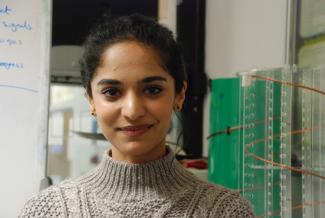
Working on a prestigious project like WUSAT gives students the chance to liaise with industry and operate in a project team.
Sumira Awan is 23 and is specialising in systems engineering. She explains: “WUSAT is a multidisciplinary project with an ambitious objective. We work concurrently on many different types of systems and this is giving us experience of how projects work in the ‘real world’. Working with sponsors also means we have to communicate with external people who can influence the project.”
Passing the baton
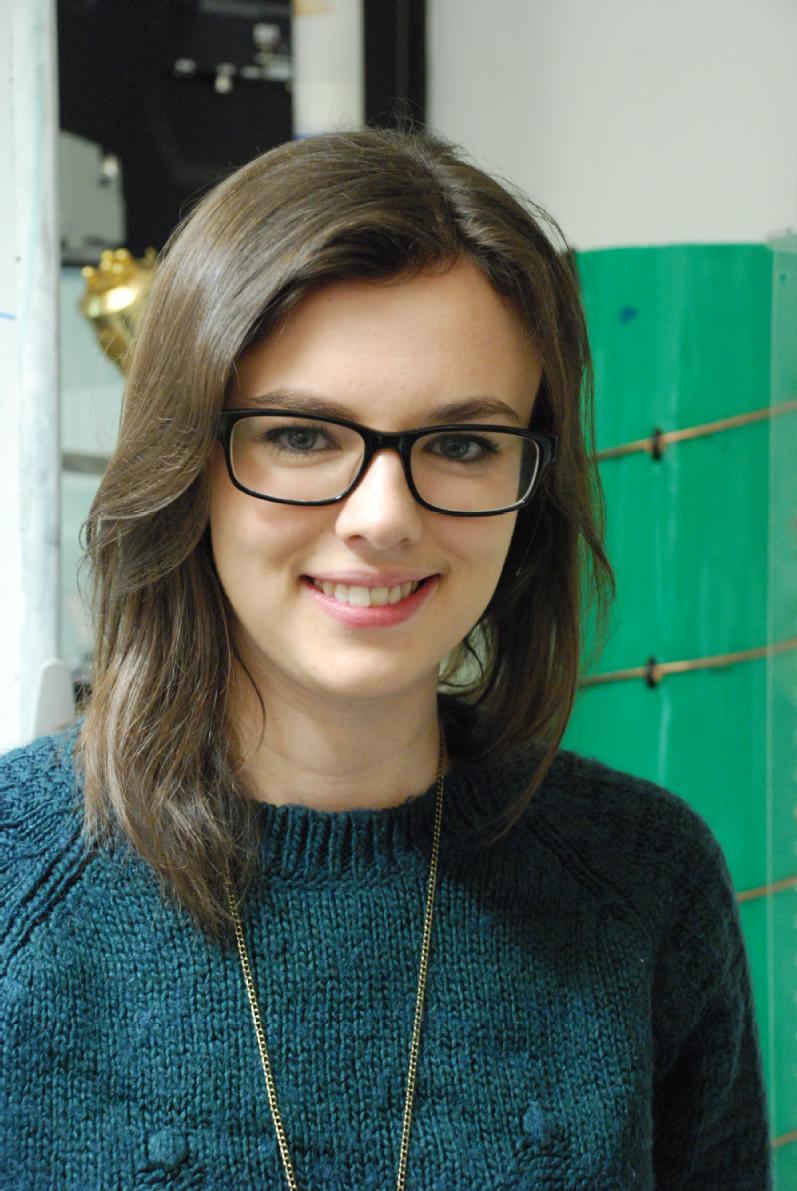 For all their hard work though, the 2017 team members don’t get their ‘big launch moment’. This particular set of students have the difficult but noble job of passing the baton to the next team, with the hope that their hard work will end up contributing to the launch of the satellite to the ISS in 2018.
For all their hard work though, the 2017 team members don’t get their ‘big launch moment’. This particular set of students have the difficult but noble job of passing the baton to the next team, with the hope that their hard work will end up contributing to the launch of the satellite to the ISS in 2018.
Dr Crofts explains: “These are rolling projects, so it does mean that there won’t be a launch every year. But the experience the students get from working on something as technically and personally challenging as a satellite project pays off for every single participant – whether they get the ‘glamourous’ launch or not!”
Jenny Barker, who has secured a graduate position with Leonardo’s Airborne and Space Systems Division after she graduates this month, sums it up. She says: “I have learnt so much from working on WUSAT - from general engineering project management and systems design to the detailed space engineering of a satellite. This project has been an invaluable part of my degree where I have learnt leadership, teamwork, communication and organisational skills.”
Skilling up
This year’s WUSAT project line-up consisted of seven undergraduate engineering students, with three PhD students – all former WUSAT team members – lending a hand. Taking on a project like this meant the students had to pick up new skills ‘on the job’. Here’s what the other students from the 2016/17 team had to say.
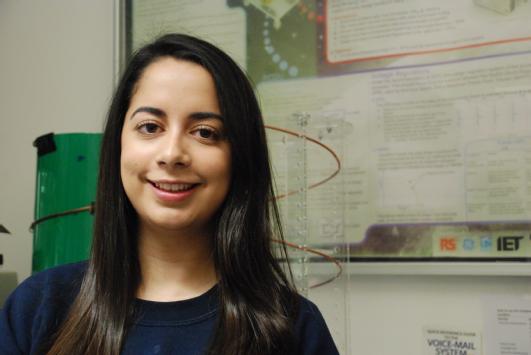 |
Nikita Bascombe, who studied mechanical engineering: “It’s really hands-on and being part of the mechanical sub-team I had the chance to learn new software required for our computational testing.” |
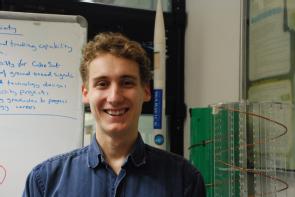 |
Lee Woodend, who studied electronic engineering, says: “WUSAT gave us a taster of what is involved in designing things to go into space and it does show how complex even relatively small and simple space projects can be.” |
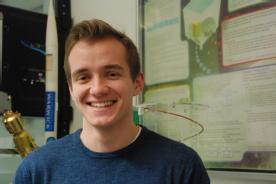 |
Jake Swain, a mechanical engineer, says: “I learned so much from being on the WUSAT project. I started with very little knowledge of how satellites operate but I gained a good footing in the sector.” |
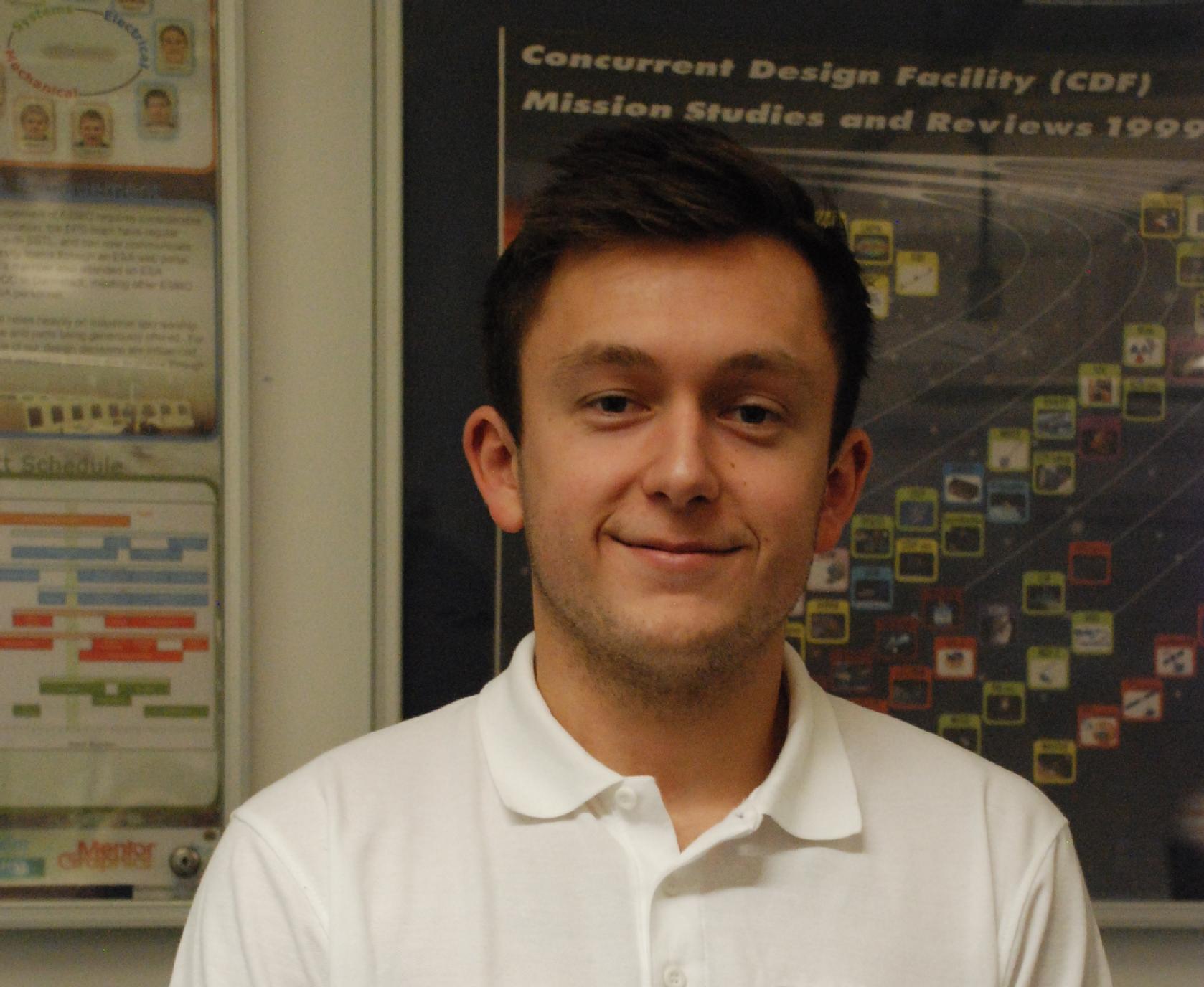 |
Rhys Woodgate, a mechanical engineer and the seventh member of the WUSAT Clan, says: “CubeSats are still a huge research topic for cheap and easy entry to space so developing small payloads to become incorporated into devices like this will continue on from our work. It’s a very prestigious project with so many opportunities for the team and it is still pretty cool thinking that we will be contributing to work which may be launched into space.” |
Published
6 July 2017
Terms for republishing
The text in this article is licensed under a Creative Commons Attribution 4.0 International License (CC BY 4.0).
Share

